PLANET CAFFEINE
From where the beans and leaves come from to the methods we use to brew them, our morning rituals come with their own environmental impact. This journal is dedicated to brewing our coffee or tea with the planet in mind so that you can start your day on a positive and reciprocal note.
Coffee
Here are my favourite methods for enjoying a cup of coffee while keeping the planet in mind, from the beans to the brewing and more.
Brewing
One method for brewing coffee is a french press or cafetière. What’s great about this option is you don’t need any type of filter which helps reduce waste. When I’m making coffee to go for my day I use my Earthling KeepCup.
Another brewing method I’m fond of is a Chemex. You can opt for a reusable fabric filter or a paper filter. If using paper try to ensure it is unbleached with no additives, so that it is compost friendly.
Sourcing
Starting at the root of it: from soil health to working conditions, lets look at sourcing our coffee. Since the global demand for coffee is huge, there are lots of large-scale farms growing mass quantities of beans. In their wake comes harmful farming methods and pesticide use, unfair working conditions, and the degrading of human and planetary health.
This is why it is to important, ff you are able, to source organic and fairtrade beans. We want to be as sure as possible that the coffee we’re enjoying does not harm soil health or violate worker’s rights and conditions.
If you’re a coffee lover like me then you know those little bags of beans don’t last very long! When possible, I try to buy my beans in bulk which helps me reduce packaging waste and sometimes even save money.
Wasting Less
I encourage you to add coffee grounds to your compost instead of throwing them out. However, if you’d like to upcycle them try the coffee exfoliator recipe from my book! I’ve also heard of people using coffee grounds as a bug repellant in their gardens.
Enjoying
When it comes to plant based milks there are so many options these days which can feel quite overwhelming. In my book, I shared a recipe for a quick hemp milk to make at home. I often still buy milks from the store, when opting for this option I encourage you to source nut milks without harmful additives. For example, if I am sourcing an oat milk I want the only ingredients to be oats and water. That being said, it’s important you find the best milk option that works for you and your budget.
Tea
In true English fashion, I of course have always loved a cup of tea. It wasn’t until I got older when I began thinking about where the tea was coming from, how the leaves were grown, and my own methods of enjoying.
Loose Leaf
The most waste conscious option is opting for loose leaf tea. If there is a tea that you drink a lot of and know you love, search for a bulk size loose leaf option in specialty shops or online. This greatly cuts back on packaging and often ensures you get a better deal.
Materials
When it comes to tea bags, materials matter. The options are often paper vs. plastic. When hot water is poured over plastic tea bags, microplastics can shed from them. These micro-plastics end up in our bodies and environments. Always choose paper tea bags to look after your health and the health of the planet.
Sourcing
Similar to coffee, tea is a widely enjoyed beverage which means large scale farms fuel a huge portion of the market. I always try to source organic or fairtrade teas. Any tea nerds out there can relate, it can be a quite fascinating hobby collecting and sourcing teas. However even for the most casual tea drinker, try to opt for fairtrade and organic options when accessible for you.
Growing
Lastly, if you're able, try growing your own tea! I find mint is an extremely easy plant to grow and makes a delicious tea. I enjoy it as a freshly brewed tea and also drying and storing it for the winter months. Just remember to grow it an a pot, as it is so easy to grow it often will take over your garden or yard!






